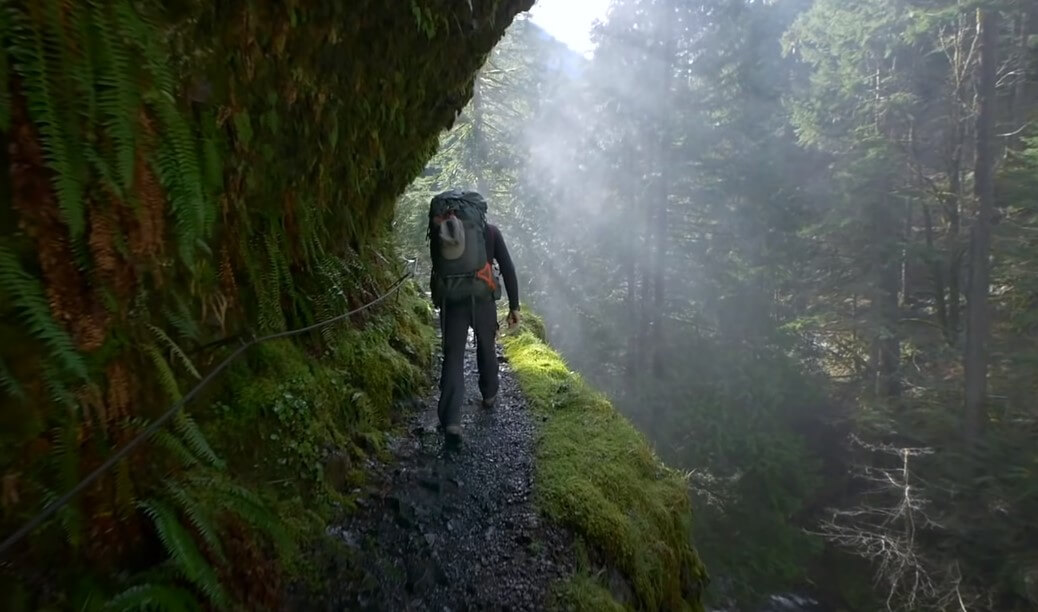So, you’re off to the forest for a hike? Nice choice. But before you rush out the door with nothing but your enthusiasm, let’s chat about packing.
Because believe me, getting caught in the woods without the right gear is a one-way ticket to Miseryville. Let’s break it down.
1. Choose the Right Backpack
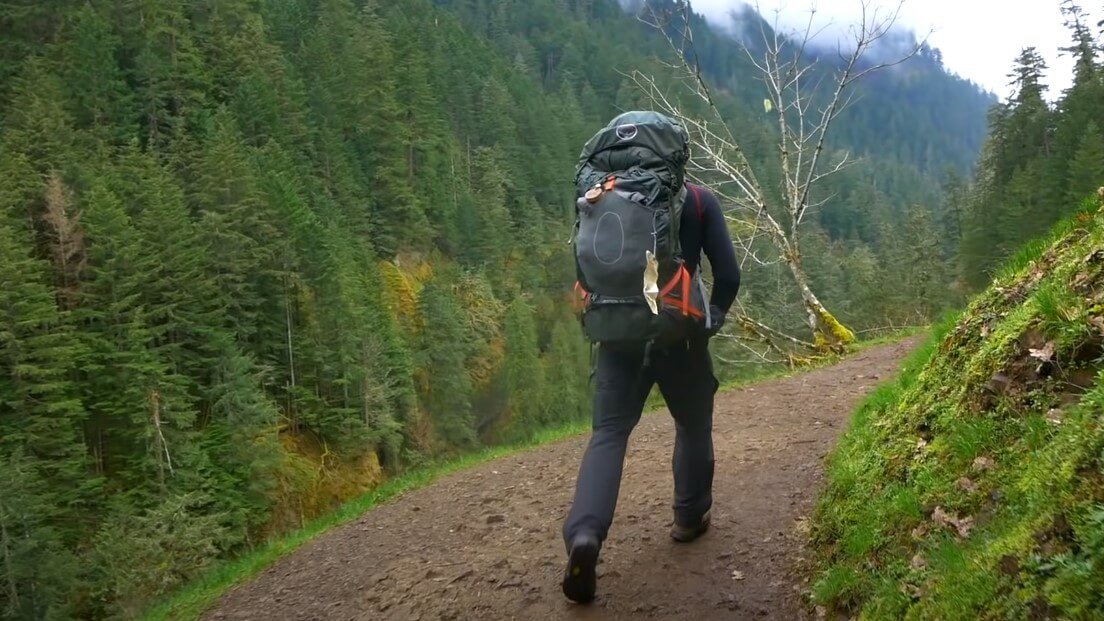
First things first, the backpack. No, that tiny school bag won’t cut it. You’re going to need something spacious, durable, and comfortable.
Think about your back here, because after a few miles, you’ll definitely be thinking about it.
Look for one with multiple compartments. You’ll thank yourself when you don’t have to dig through a mountain of stuff to find your granola bars or your emergency kit.
Why It’s a Must?
- Durability: Hiking backpacks are designed to withstand the rigors of the outdoors, including rough terrains and adverse weather conditions, ensuring they last through multiple trips.
- Comfort and Weight Distribution: Quality hiking backpacks come with sturdy frames and well-padded hip belts that help distribute the weight evenly across your body, reducing strain on your back and shoulders during long hikes.
- Organization and Accessibility: These backpacks often feature multiple compartments, pockets, and attachment points, allowing you to organize and access your gear efficiently, which is crucial for staying prepared and safe in the forest.
2. Stay Hydrated with Enough Water
Water, folks. It’s not optional. And no, one small bottle won’t do the trick. Depending on your hike’s length, bring at least two liters.
Hydration bladders can be highly valuable here—sip as you go without fumbling for a bottle.
Why It’s a Must?
- Prevents Dehydration: Forest hiking, especially in remote areas, can be physically demanding. Carrying enough water ensures you stay hydrated, preventing dehydration which can lead to fatigue, dizziness, and other health issues.
- Maintains Physical Performance: Adequate hydration is crucial for maintaining your physical performance. Water helps regulate your body temperature, keeps your muscles and joints functioning properly, and supports overall endurance during long hikes.
- Safety in Remote Areas: In remote forest areas, water sources may not be readily available or safe to drink. Bringing enough water ensures you are prepared for the hike duration, reducing the risk of running out of safe drinking water.
3. First Aid Kit Essentials
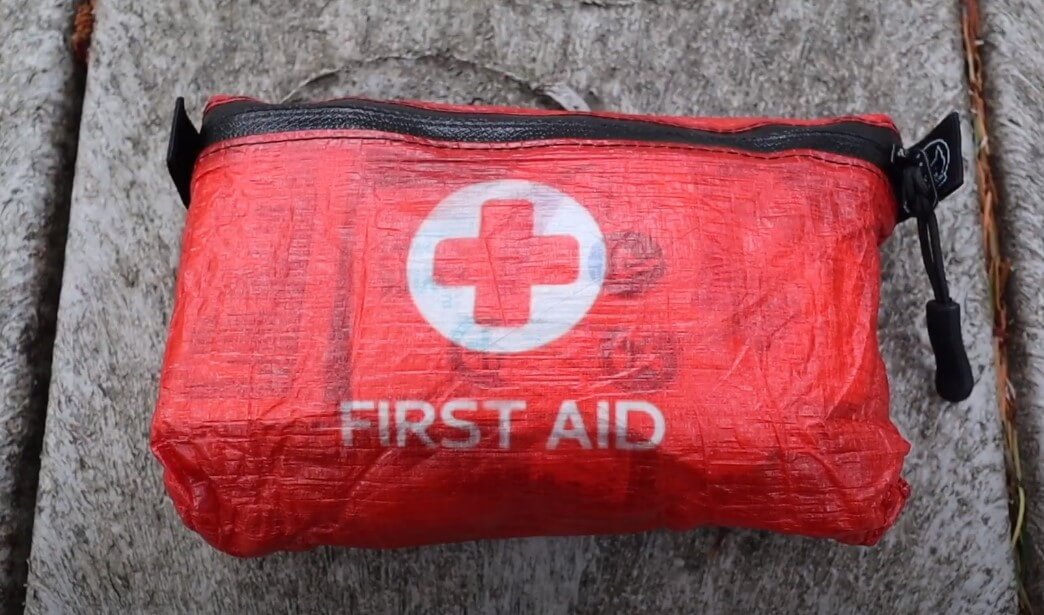
You’re not planning to get hurt, I get it. But the forest doesn’t care about your plans. A basic first aid kit should include band-aids, antiseptic wipes, tweezers, painkillers, and a blister treatment. It’s small, it’s light, and it might save your hike.
Why It’s a Must?
- Immediate Treatment: A first aid kit allows you to treat common hiking-related issues immediately, such as blisters, cuts, and insect bites, preventing these minor issues from becoming major problems.
- Inaccessible Professional Aid: In the wilderness, professional medical aid is often not accessible. A first aid kit is essential for providing necessary care when an injured person needs to rely on themselves or their group for immediate treatment.
- Prevention and Preparedness: Having a well-stocked first aid kit helps in making objective decisions based on common sense and preparedness, which can prevent injuries and ensure that you are ready to handle any minor medical issues that arise.
4. Bring More Food Than You Think You’ll Need
Pack more food than you think you’ll need. Trust me, that little extra weight is worth avoiding the ‘hangry’ version of yourself.
Think energy bars, nuts, dried fruits, and maybe some jerky if you’re feeling fancy.
Why It’s a Must?
- Unplanned Delays or Extended Hikes: Unexpected situations such as getting lost, injured, or encountering difficult terrain can extend your hike longer than planned. Extra food ensures you have sufficient nutrition to handle these delays.
- Increased Caloric Needs: Hiking, especially in challenging environments like forests, burns a lot of calories. Your body may require more energy than anticipated, and having extra food helps maintain energy levels and prevent fatigue.
- Safety and Emergency Situations: In case of emergencies where you might need to stay overnight or help someone else in distress, additional food can be crucial for survival and maintaining physical strength.
5. Map and Compass
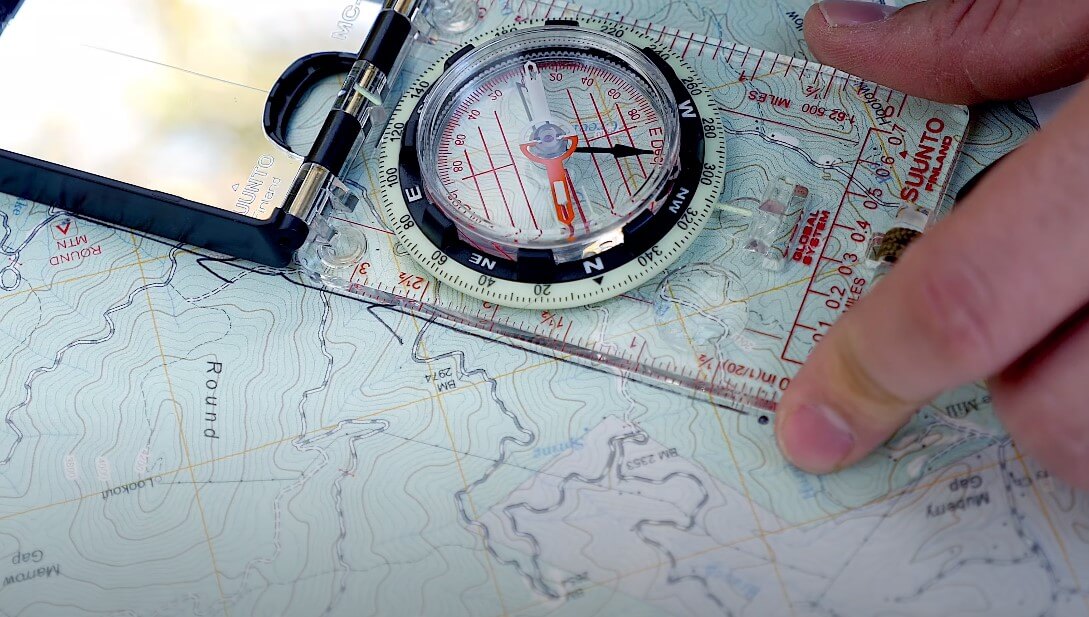
Your phone’s GPS is great until it’s not. Batteries die, signals fail, and before you know it, you’re starring in your own episode of “Lost.”
A map and compass are the old-school tools you need. And hey, learn to use them before you head out.
Why It’s a Must?
- Directional Orientation: A compass provides a reliable means of finding direction, helping hikers maintain their course through dense forests where trails may not be clearly marked.
- Backup Navigation: In situations where technology fails, such as GPS devices running out of battery or losing signal, a map and compass serve as essential backup tools to ensure safe navigation.
- Emergency Situations: In emergencies, knowing how to use a map and compass can be crucial for finding the quickest route to safety or locating specific landmarks for rescue.
6. Wear Proper Footwear
Flip-flops and forests don’t mix. Sturdy, comfortable hiking boots are your best bet. Break them in before your trip unless blisters are your idea of a good time.
And don’t forget good hiking socks—they matter more than you think.
Why It’s a Must?
- Foot Support and Protection: Proper hiking footwear provides essential support and protection for your feet, shielding them from rocks, roots, and other sharp objects that you may encounter on forest trails. This helps prevent injuries and blisters, ensuring a safer hiking experience.
- Traction on Challenging Surfaces: Hiking boots or shoes are designed with soles that offer superior traction. This is crucial for maintaining stability on uneven and slippery surfaces often found in forest environments, reducing the risk of slips and falls.
- Durability and Fit: Proper hiking footwear is durable and fits well, which is important for long hikes. A good fit ensures comfort over extended periods, while durability means the shoes can withstand the wear and tear of rough trails, providing long-lasting performance.
7. Clothing Layers for Variable Weather
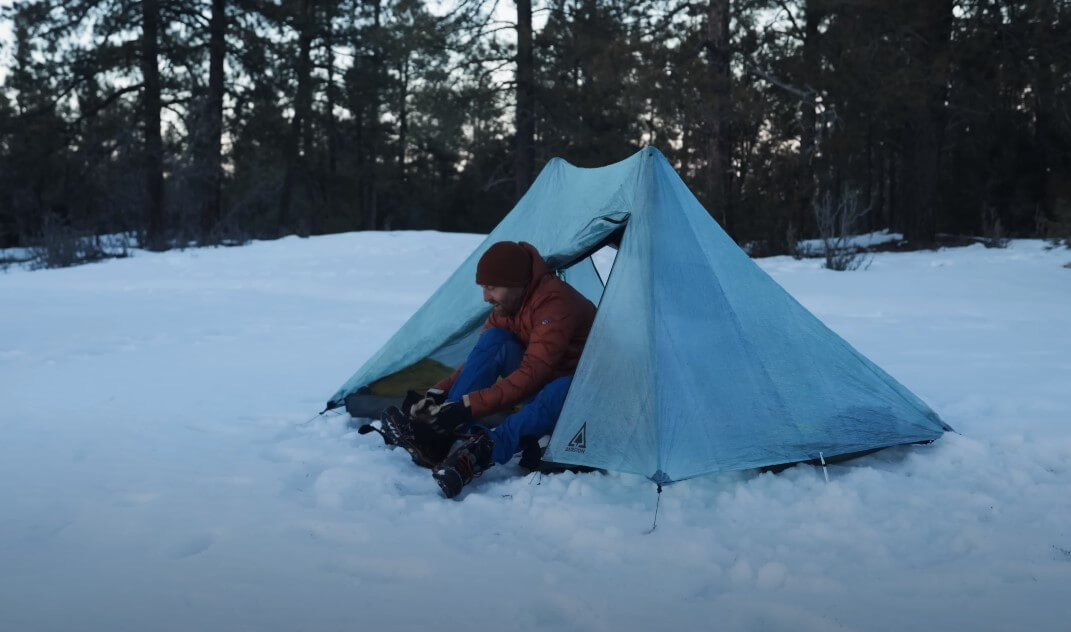
Mother Nature is unpredictable. Wear moisture-wicking base layers, add a warm middle layer, and top it off with a waterproof jacket. Because nothing says “fun” like getting soaked and freezing miles from your car.
Why It’s a Must?
- Temperature Regulation: Layering clothes allows hikers to manage their thermal comfort effectively. By adding or removing layers, you can adjust to changes in temperature and activity level, keeping yourself warm without overheating or getting too cold.
- Moisture Management: Proper layering helps in managing moisture, keeping you dry and comfortable. Different layers, such as base layers and mid-layers, can wick away sweat and provide ventilation, which is crucial for maintaining dryness during varying weather conditions.
- Versatility and Protection: Layering provides versatility and protection against various weather conditions. Combining a base layer, mid-layer, insulated jacket, and outer shell can offer comprehensive protection from wind, rain, and cold, ensuring you’re prepared for any weather changes while hiking.
8. Protection from the Sun
Sunburns can ruin your day faster than you can say SPF. Sunscreen, a hat, and sunglasses are your friends. Trust me, looking like a lobster is not the kind of attention you want.
Why It’s a Must?
- Avoid Skin Damage: Unless you’re into that whole “boiled crustacean,” sunscreen and protective clothing are an absolute must. Trust me, nobody wants to be peeling like a snake for the next week.
- Bye-Bye Sunburn Pain: Remember that time you thought a tank top was a good idea, and now you can’t even wear a shirt without wincing in agony? Yeah, let’s not repeat that. A good hat and some SPF will save you from turning into a walking tomato.
- Wrinkle Prevention: Sure, the sun feels great, but those UV rays are just waiting to turn your skin into leather. A little sun protection goes a long way. It’s like Botox without the needles.
9. Multi-Tool or Knife
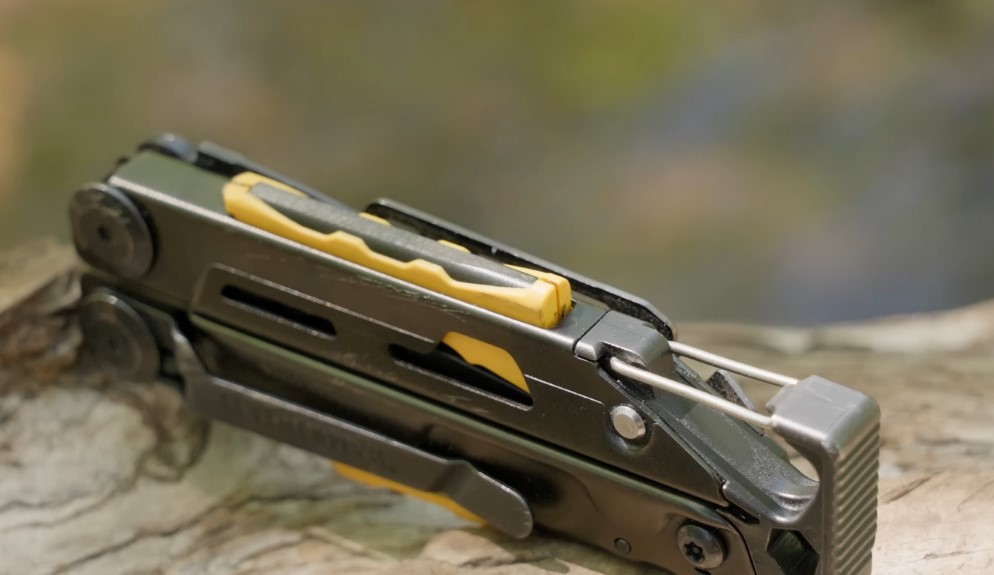
A multi-tool or knife can be a lifesaver. From cutting rope to opening packages, it’s the Swiss Army knife of, well, Swiss Army knives. Keep it handy and you might feel like a forest MacGyver.
- Versatility in One Package: When you’re out in the wild, you never know what you’ll need to fix, cut, or pry open. Having a multi-tool means you’ve got scissors, pliers, a knife, and a dozen other gadgets all in one neat package. It’s like having a tiny, portable toolbox. Plus, who doesn’t love a good MacGyver moment?
- First Aid Necessities: Ever tried removing a splinter or cutting bandages with your teeth? Trust me, it’s not fun. A multi-tool can make handling small injuries or performing quick repairs on your gear a breeze. The tweezers and scissors alone can save your sanity—and possibly your skin.
- Food and Fire Prep: Whether you’re slicing up some salami or carving tinder for a fire, a good blade is indispensable. It turns the tedious tasks of outdoor cooking and fire-making into something manageable.
10. Bring an Emergency Blanket or Bivy Sack
You don’t plan to stay overnight, sure. But plans change. An emergency blanket or bivy sack is lightweight and can keep you warm if you’re stuck. It’s the difference between an uncomfortable night and a dangerous one.
Why It’s a Must?
- Because Nature is Predictably Unpredictable: You know those weather forecasts? The ones that say “sunny” and then it rains cats and dogs? Yeah, nature loves playing those little pranks. An emergency blanket or bivy sack means you won’t end up wet when the sky decides to open up unexpectedly.
- Hypothermia is Not a Vibe: Hypothermia is not the cozy camping experience you signed up for. A bivy sack can be your portable little cocoon, keeping you warm when the temperatures take a nosedive.
- Space Efficiency for the Win: Why lug around a bulky sleeping bag when you can have something that folds up smaller than your snack pack? Emergency blankets and bivy sacks are highly versatile when it comes to sleeping gear—compact, lightweight, and ready to save your butt in a pinch.
11. Fire-Making Kit
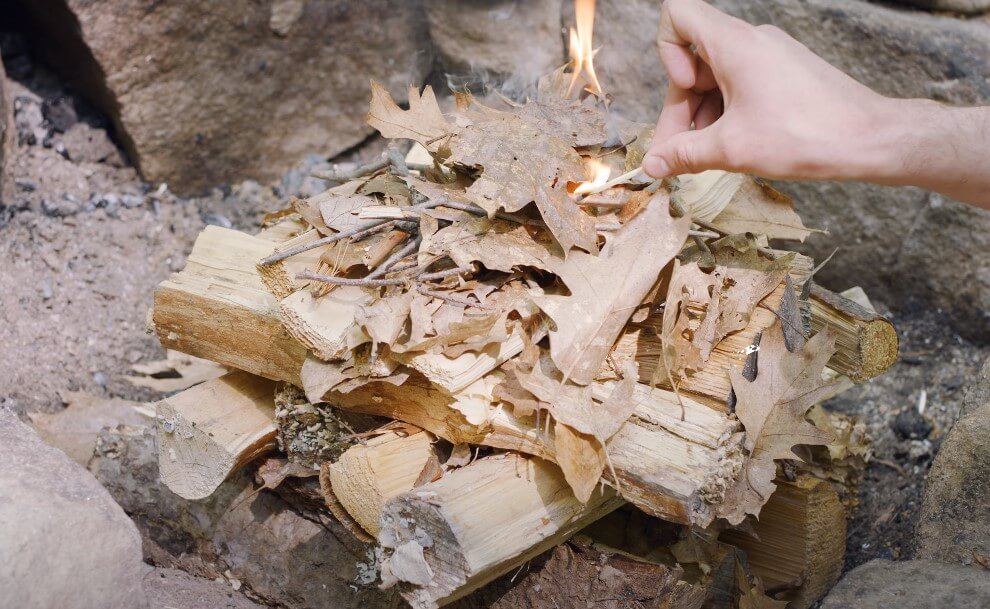
Matches, a lighter, and some fire-starting material can make all the difference. Whether you need to warm up, cook, or signal for help, fire is your friend. And no, rubbing sticks together is not as easy as it looks in movies.
Why It’s a Must?
- Because freezing your butt off isn’t fun: Seriously, who enjoys shivering through the night because they didn’t bring a way to start a fire? A fire-making kit ensures you can stay warm, ward off hypothermia, and actually enjoy your camping experience instead of turning into an icicle.
- Wild animals love unprepared hikers: If you think a bear won’t consider you a tasty snack, think again. Fire can be a great deterrent for wildlife. It’s like having a neon sign that says “Stay away!” instead of “Dinner’s ready!”
- Wet socks are the worst: Ever tried drying your clothes without a fire? Yeah, good luck with that. A fire-making kit helps you dry your gear, cook food, and even boil water to make it safe to drink.
12. Bug Protection
Nothing ruins a forest hike like being eaten alive by bugs. Insect repellent is a must, and a bug net for your head can be a game-changer in heavily infested areas. Because nobody enjoys swatting mosquitoes every five seconds.
Why It’s a Must?
- Avoid Becoming Bug Buffet: Without bug protection, you’re basically a walking all-you-can-eat buffet for every mosquito, tick, and whatever other creepy crawlies lurk in the forest. I’m sure your blood is delicious, but let’s not give the bugs a free meal.
- Say No to Itchy Memories: Remember that unforgettable itch from the last time you hiked unprotected? Yeah, those aren’t the kind of memories you want. Bug bites turn your relaxing hike into an itchy nightmare.
- Health Reasons: Ticks and mosquitoes can carry some nasty stuff like Lyme disease and West Nile virus. Getting sick because you skipped bug spray? Not exactly the kind of adventure story you want to tell.
Pack Smarter, Not Harder
Alright, now you’ve got your checklist. Let’s be real: lugging around half your apartment isn’t practical. Prioritize essentials and pack smart. Distribute the weight evenly in your backpack to save your shoulders from early retirement.
Pro Tips for the Overzealous Hiker
- Stay Charged: If you’re adamant about bringing your phone, consider a portable charger. It’s light, and it could keep you connected longer.
- Light It Up: A headlamp or flashlight is crucial, especially if you misjudge your timing. Daylight is fleeting, folks.
- Stay Connected: Inform someone about your hike plan and expected return time. If you’re not back by then, they’ll know to send out the search party.
The Bottom Line
Hiking can be one of the most rewarding experiences if you’re prepared. Skimp on the essentials, and you’re in for a world of discomfort.
So, pack wisely, enjoy the fresh air, and for the love of all things holy, don’t forget the bug spray.

